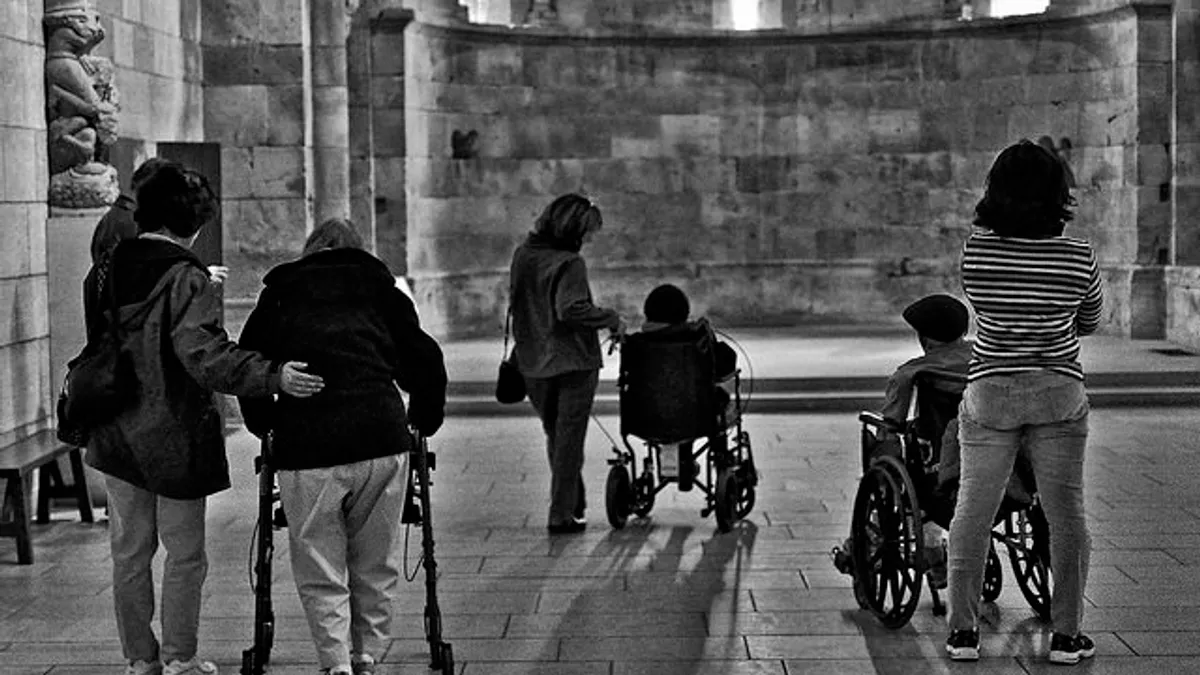Dive Brief:
- More people with disabilities were employed in 2017 than 2016; 34.6% were employed in 2016 and 35.5% were employed in 2017, according to data in the Disability Statistics Compendium, a report released by the Institute on Disability at the University of New Hampshire.
- The employment rate for African Americans with disabilities, however, is several percentage points below the overall average at 28.6%. "Employment rates only tell part of the story," RespectAbility Policy and Practices Director Philip Kahn-Pauli said in a press release. "When you look at the employment rates among people with disabilities across racial lines, you find serious gaps in outcomes."
- More than 3 million working-age African Americans have a disability, and, of those, only 934,589 have jobs, the data revealed. The report found African Americans with disabilities made job gains in 22 states, losing ground in 28 states. In Missouri, the worst state for losses, 7,686 African Americans with disabilities exited the workforce.
Dive Insight:
Although the rate of unemployment for individuals with disabilities dropped to 8% in 2018, workforce participation for Americans with disabilities remains lower than the overall population; the unemployment rate for the group is twice that of Americans without disabilities.
It can be even harder for someone with a disability to find a job when the individual comes from a minority group, advocates say. Broadly speaking, job opportunities are fractured along gender, race and class lines, a report from the Economic Policy Institute found. And research from the Harvard Business Review revealed black female executives had to develop self-awareness to detect whether their efforts were noticed within their organizations in order to advance their careers. As such, employers looking to attract individuals with disabilities will need to expand their reach into talent pools that include those who may fall into other minority categories as well.










